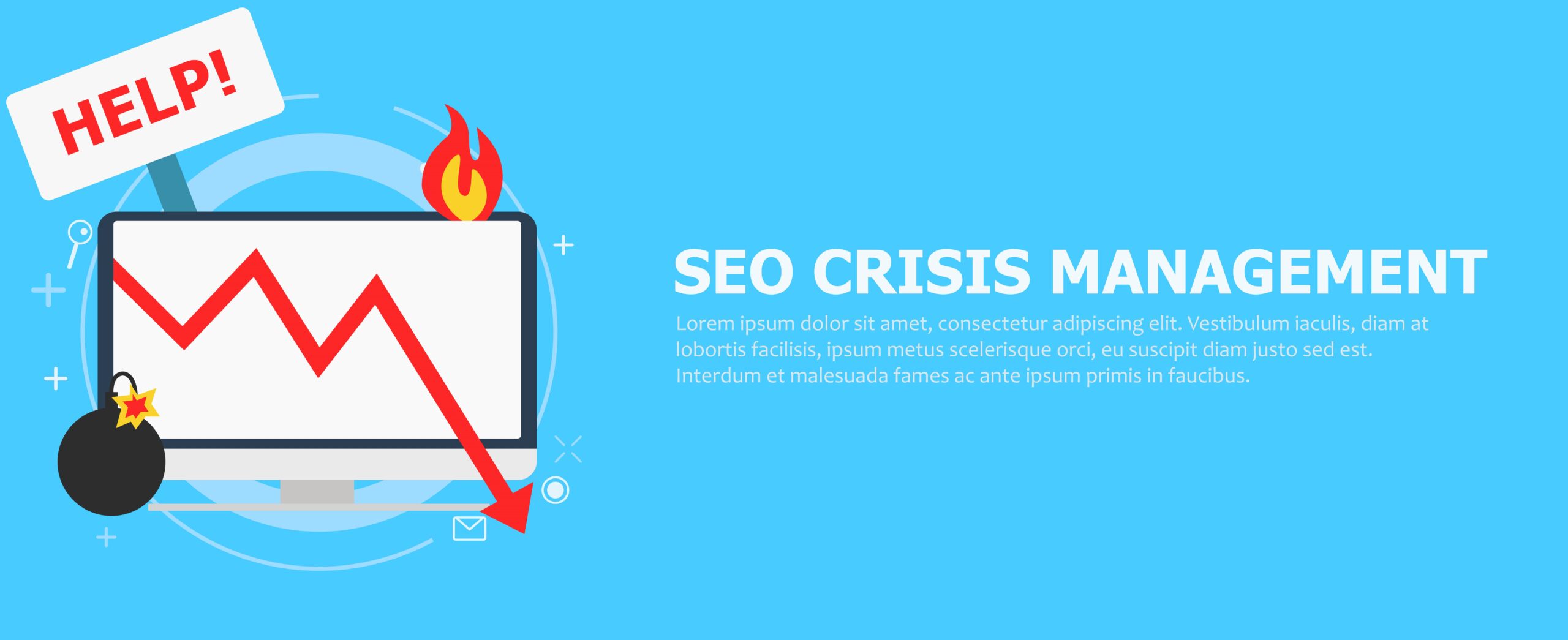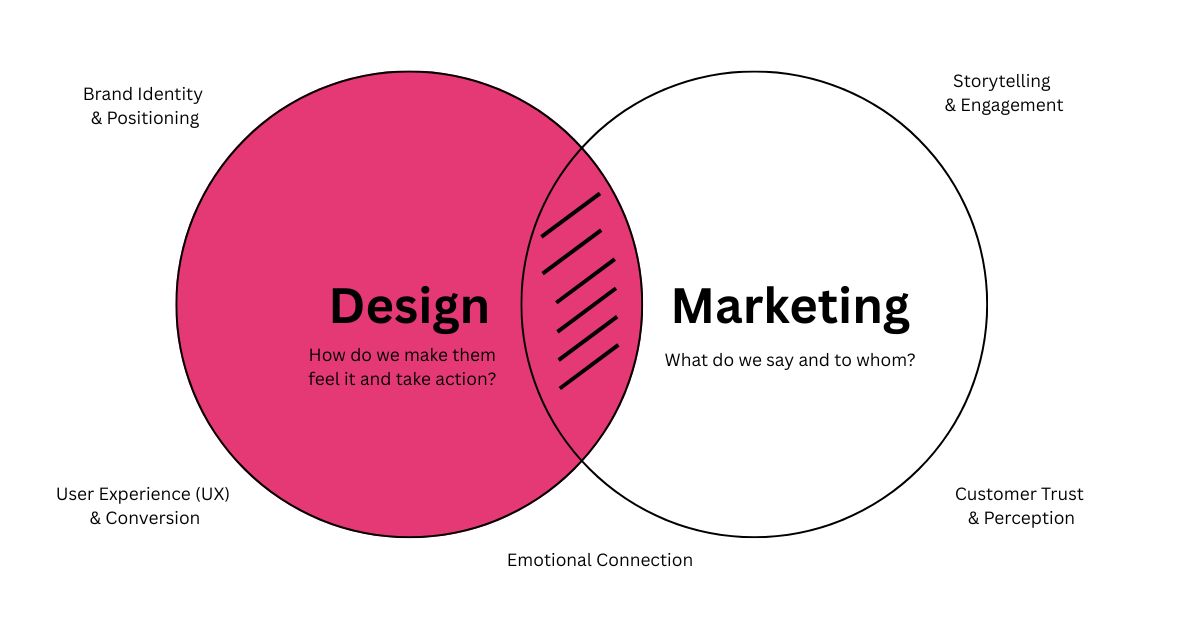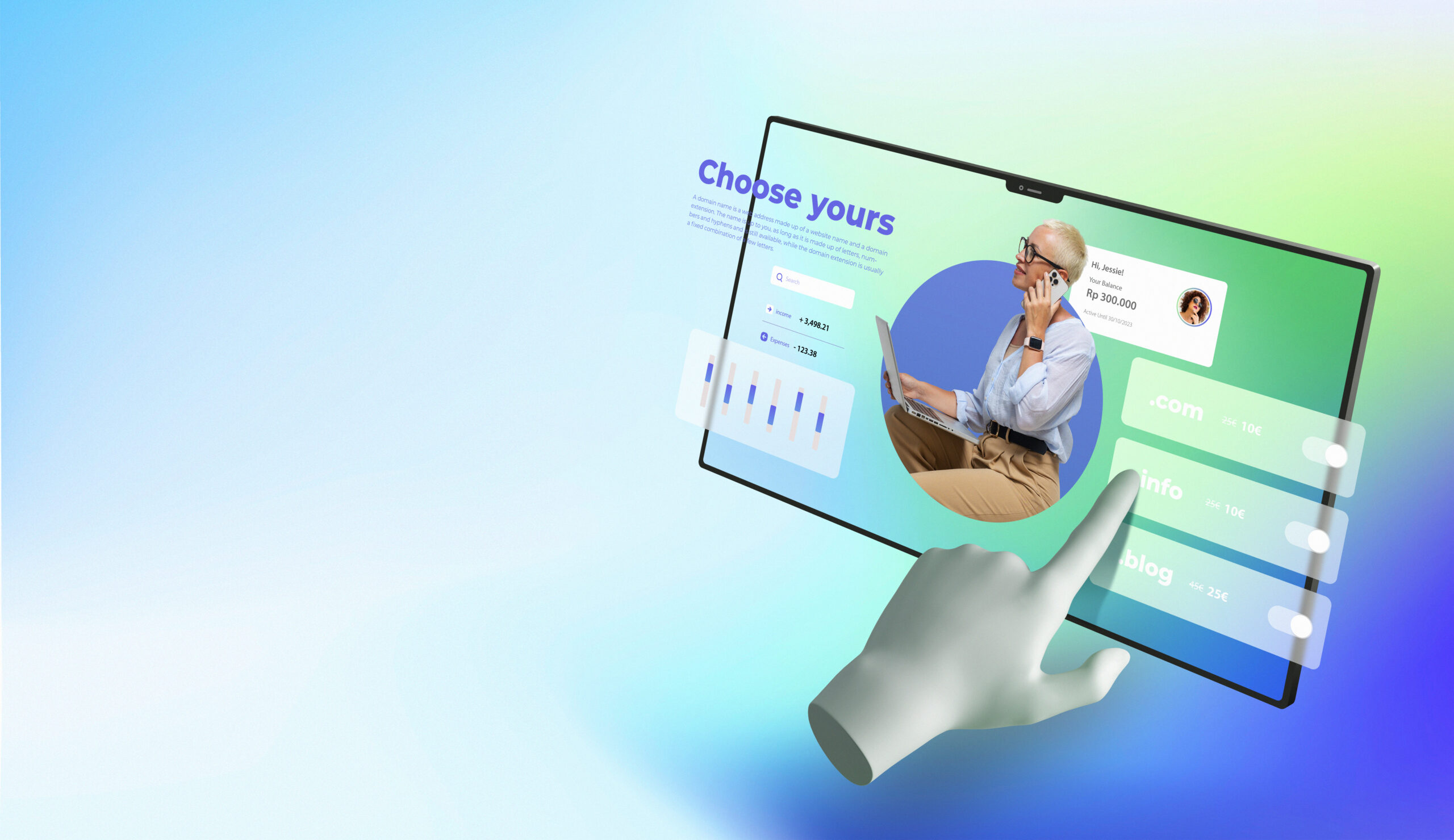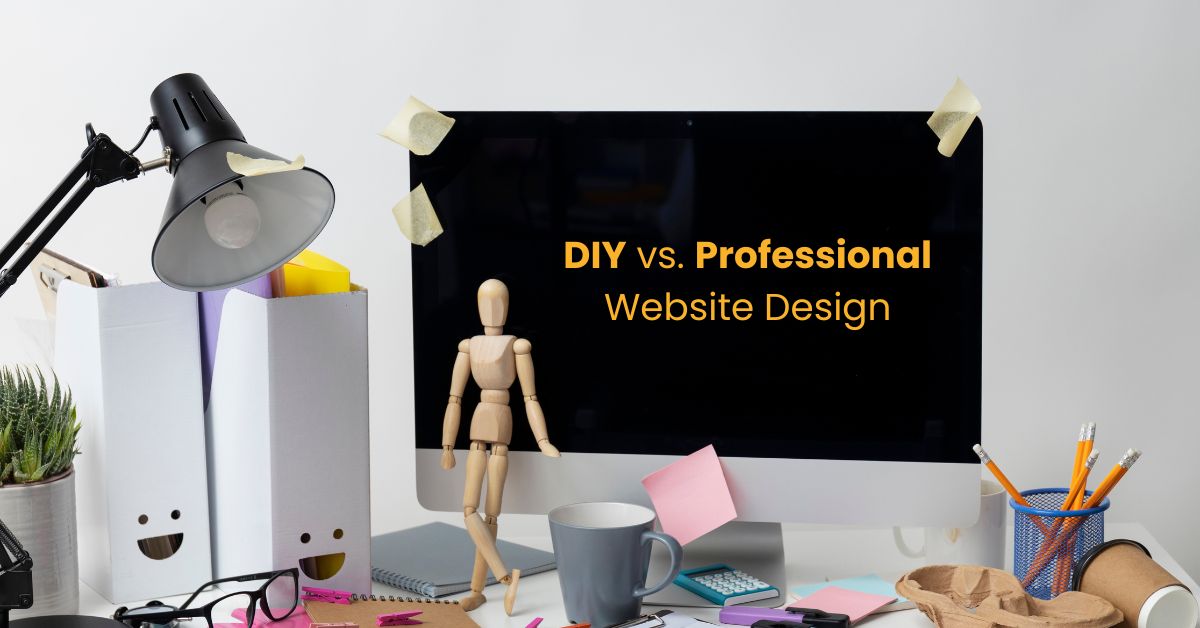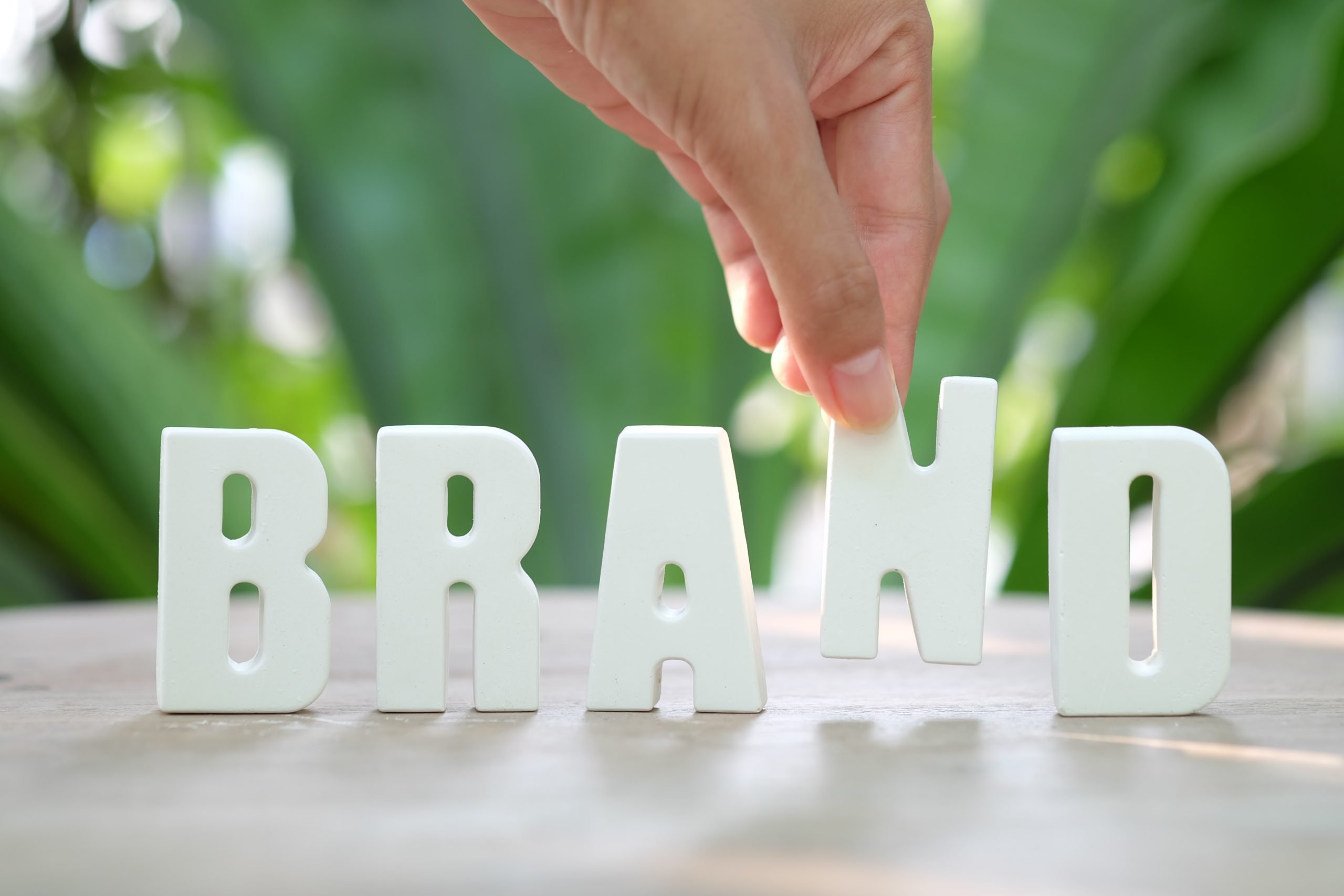How Does AI Work?
AI has quickly become the creative world’s most talked-about partner, from generating ad copies to designing visuals in seconds. But before exploring its role in creativity, it’s important to understand how AI really works.
Artificial Intelligence functions by recognizing patterns. It’s trained on enormous amounts of data – text, visuals, and behaviors and uses algorithms to predict what might come next. So, when you ask an AI tool like ChatGPT or Midjourney to create something, it doesn’t “think” like a human; it calculates probabilities based on what it’s learned.
This makes AI incredibly efficient and accurate, but also limited, because it doesn’t feel emotion, understand culture, or imagine beyond what it’s already seen. It can mimic human creativity but not truly experience it.
That’s why the future of creativity isn’t about choosing between AI and humans. It’s about knowing how to use AI responsibly, as an assistant that enhances your ideas rather than replaces them.
What AI Brings to the Table
There’s no denying that AI tools have revolutionized marketing. They’re fast, scalable, and can process data faster than any human team ever could. Here’s what AI does exceptionally well:
1. Speed and Efficiency
AI can brainstorm hundreds of ideas in seconds – from post captions and ad headlines to blog outlines. It removes the “blank page” problem and gives marketers a starting point to work from.
2. Data-Driven Insights
AI reads audience behavior, predicts engagement patterns, and recommends the best performing formats or designs. It helps marketers make informed decisions based on trends and analytics.
3. Consistency and Accuracy
For brands managing multiple campaigns, AI ensures tone and language consistency. It catches errors and ensures every message aligns with brand guidelines.
4. Personalization at Scale
AI can tailor marketing messages for different audience segments instantly, something that would take humans hours or days.
AI, in short, is a brilliant executor. But execution alone doesn’t equal connection and that’s where humans take the lead.
What Marketers and Businesses Actually Need
Businesses today don’t just need more content they need more connection.
AI can produce material in seconds, but it can’t decide what truly resonates with your customers. Marketing is not just about information; it’s about emotion, trust, and storytelling the things that make people feel something about your brand.
That’s why marketers must see AI as a tool to refine their thoughts, not a shortcut to replace them.
Using AI responsibly means letting it handle:
- Brainstorming ideas or exploring new angles
- Summarizing research or long articles
- Structuring your thoughts into outlines
- Rephrasing for clarity
- Editing and proofreading
Meanwhile, the human remains responsible for:
- Generating original ideas
- Adding unique insights and emotions
- Ensuring authenticity and brand tone
This partnership makes the process efficient, ethical, and genuinely creative – producing content that’s both intelligent and human.
What Humans Bring to Creativity
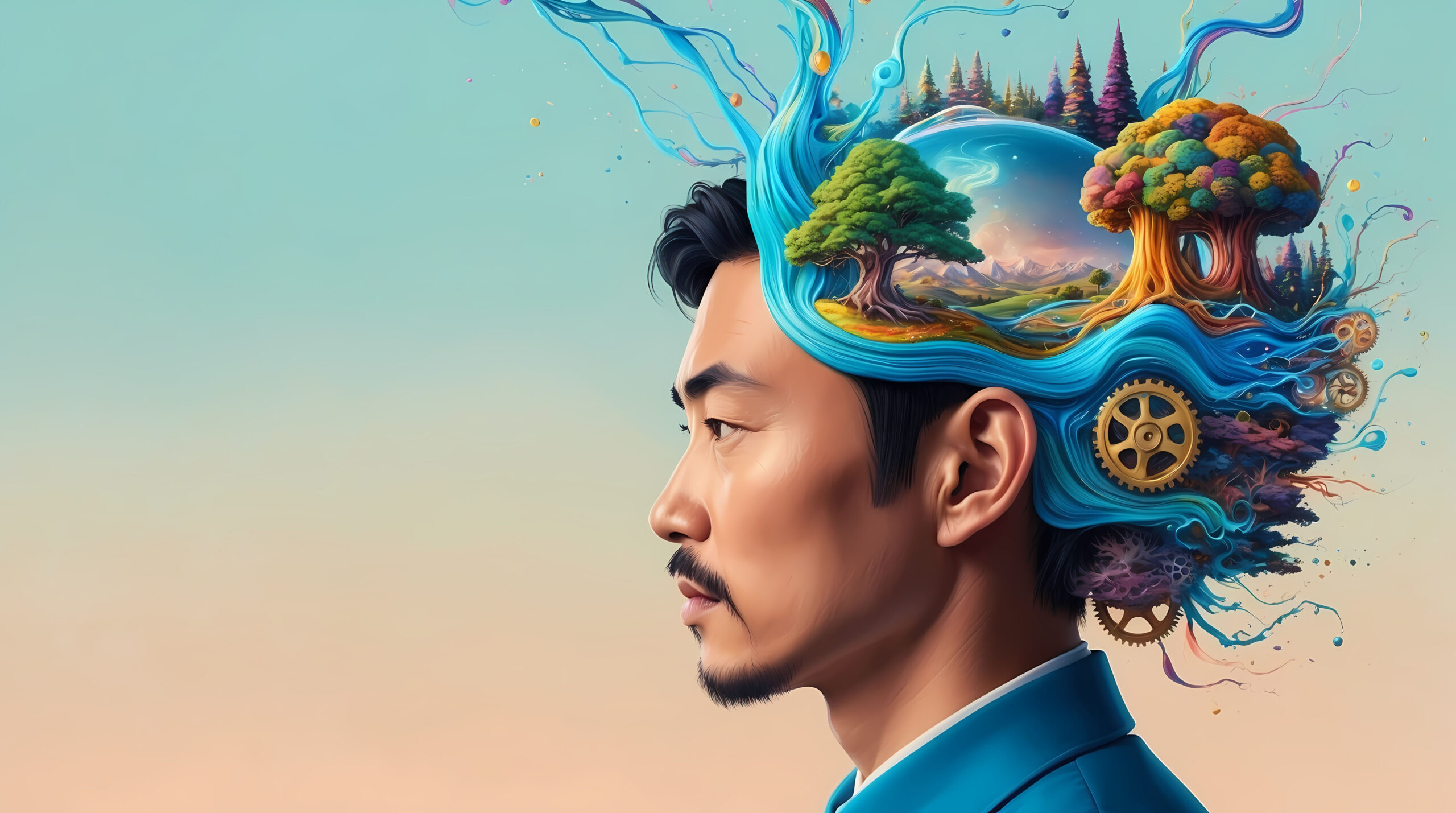
1. Emotional Intelligence
Humans instinctively understand emotion – joy, empathy, humor, and curiosity. This emotional awareness helps marketers and designers connect with audiences in ways no algorithm can.
2. Cultural and Contextual Awareness
Humans understand subtlety – the jokes, traditions, and cultural nuances that shape how a message is received. AI often misses this deeper layer of meaning. We get why a joke that lands in Sydney might fall flat in Tokyo, a nuance AI often misses.
3. Intuition and Originality
Human creativity often comes from breaking the pattern, thinking in unexpected directions. AI, however, relies on patterns that already exist.
4. Storytelling
A great campaign is not just a headline or image, it’s a story that mirrors your audience’s challenges and aspirations. Storytelling gives design its purpose, and that purpose can only come from human imagination.
Where AI and Human Creativity Work Best Together

AI and human creativity aren’t competitors; they’re collaborators. When used correctly, AI can enhance human thinking instead of replacing it.
How They Complement Each Other:
- AI as the brainstormer: It can quickly suggest angles, visuals, or topics you might not have thought of.
- Human as the decision-maker: You evaluate, refine, and choose what aligns with your brand’s personality and emotion.
- AI as the organizer: It helps structure or summarize your ideas.
- Human as the storyteller: You add authenticity, warmth, and context.
Why Human-Centric Creativity Still Wins in Marketing (The Role of Neuro Design)
AI might produce technically perfect designs, balanced layouts, clean typography, flawless symmetry but perfection doesn’t always connect. Because at the heart of marketing, it’s not logic that drives people to act; it’s emotion.
Studies show that the human brain processes images 60,000 times faster than text, and emotional responses influence up to 95% of purchasing decisions. People don’t buy products or services they buy how those things make them feel.
This is where Neuro Design comes into play, a design approach that’s based on how the brain perceives and reacts to visuals. At Bixel Design, a brand design agency in Sydney, we use Neuro Design principles to craft brand identities and marketing visuals that tap directly into human psychology. Since your audience is made up of real people, who better to design for them than other humans who understand emotion, behavior, and empathy?
By studying how the brain processes color, shape, space, and visual hierarchy, we create designs that are not just beautiful they’re psychologically compelling. Every element has a reason behind it, whether it’s using calming white space to make content feel approachable or choosing trust-evoking colors that influence decision-making.
AI, on the other hand, can generate layouts that look great on screen, but it doesn’t understand why certain visuals make people feel safe, excited, or inspired. It can mimic successful styles, but it can’t grasp the deeper emotional intent behind them.
A human designer trained in Neuro Design knows how to guide the viewer’s eye, build connection, and evoke emotion, all through intentional design choices. That’s something AI can’t yet replicate because creativity isn’t just about aesthetics; it’s about understanding why people feel the way they do when they interact with a brand.
The best results come when businesses combine both: using AI for its data-driven insights and efficiency, and humans for their empathy, emotion, and originality. AI can suggest what works statistically, but humans make it resonate emotionally.
In short, AI can create what looks good; humans create what feels right.
And in marketing, what feels right is what truly sells.
The Hidden Cognitive Impact of Overusing AI
While AI is a powerful tool, excessive dependence on it can subtly affect how we think and remember. Studies have shown that when we outsource thinking tasks to AI – a process called cognitive offloading, our brain becomes less engaged in critical thinking and memory formation.
Some research-backed findings include:
- Reduced Retention: When information is instantly available through AI, our brain stores less of it, lowering long-term memory retention.
- Lower Neural Connectivity: Brain scans reveal that writing with AI reduces the brain’s neural activity, showing decreased cognitive engagement.
- False Memories: Some experiments found that AI-generated suggestions led users to form false or distorted memories.
The takeaway? Use AI to refine your thoughts, not to replace them. When you think, analyze, and create before turning to AI, you strengthen your cognitive engagement and originality, resulting in smarter, more authentic work.
How to Use AI More Mindfully
- Use AI for support, not substitution
Let it brainstorm or organize, but ensure the ideas come from you. - Do the mental work first
Try thinking through a concept or solution before asking AI. This keeps your creativity active. - Challenge and verify
Don’t take AI’s confident answers at face value. Always verify facts and add your perspective. - Keep your originality
Use AI to polish or rephrase your writing not to replace your tone or insights. - Follow the 30% AI rule
Let AI contribute no more than 30% to your final output. This keeps your work ethical, authentic, and truly yours.
By staying mindful, you can enjoy the best of both worlds AI’s efficiency and your brain’s brilliance.
How Small Businesses Can Use This Balance
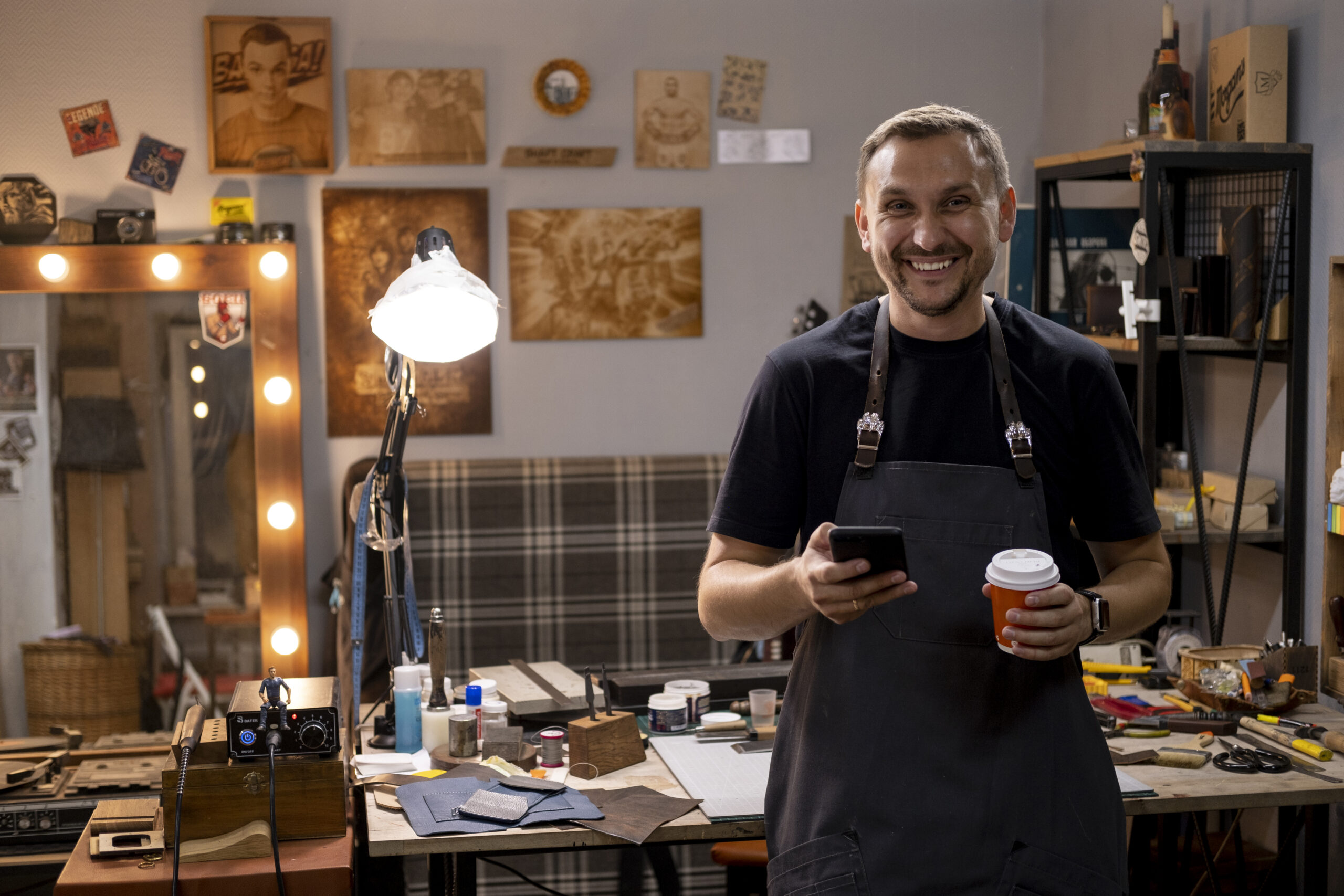
You don’t need big budgets or tech teams to leverage AI responsibly. Here’s how small businesses can get started:
- Use AI for brainstorming: Generate ideas for posts, campaigns, or taglines, but always refine them with your own creativity.
- Analyze performance with AI: Use tools that show what content performs best then let human insight turn data into stories.
- Apply Neuro Design in visuals: Combine AI-generated ideas with a human designer’s understanding of color psychology and layout balance.
- Keep the human voice: Review all AI-generated materials to ensure they sound conversational, emotional, and on-brand.
This balanced approach saves time without losing authenticity a formula every small business can benefit from.
Conclusion: The Future of Creative Marketing
The real question isn’t whether AI can replace human creativity it’s whether humans will continue to lead it.
AI can speed up the process, summarize data, and spark ideas. But humans bring empathy, emotion, and storytelling the heart of every successful marketing campaign.
The future belongs to those who use both wisely: AI for thinking faster, and humans for thinking deeper.At the end of the day, people don’t remember how your campaign was made they remember how it made them feel.
How the Bixel Team Can Help
At Bixel Design, a brand design agency in Sydney, we combine the power of intelligent tools with the depth of human creativity.
Our team uses AI responsibly for research, idea refinement, and efficiency, while our designers and strategists focus on Neuro Design, emotional storytelling, and brand psychology to ensure your campaigns connect with real people.
Whether you’re planning a rebrand, website redesign, or marketing campaign, we help you create visuals and messages that feel human in a world that’s increasingly digital.
Visit https://bixeldesign.com.au/ or reach out to divya@bixeldesign.com.au to see how we can help you design smarter, connect deeper, and market more meaningfully.

